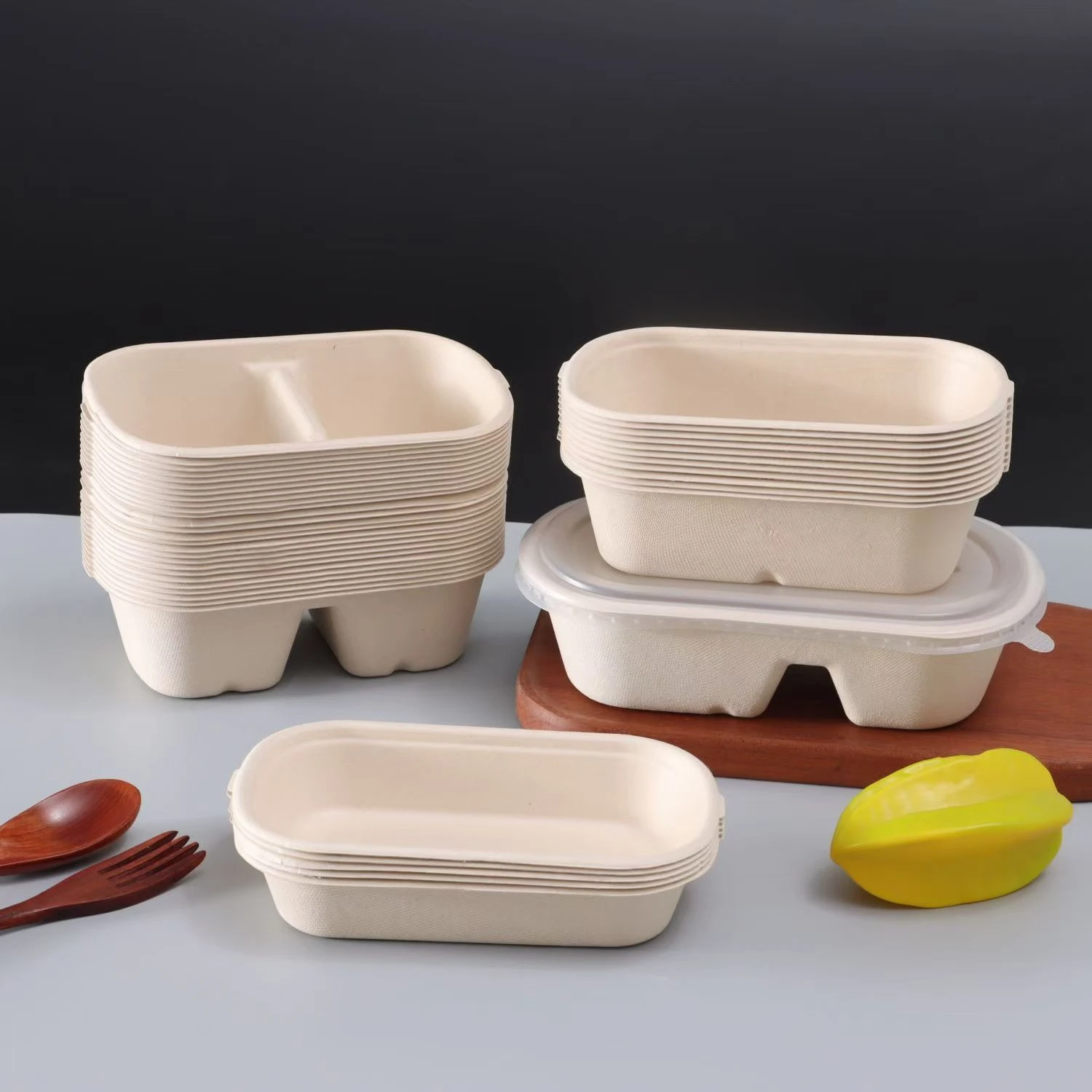The Art of Espresso Cups A Journey Through Design, Functionality, and Culture
Espresso cups, often considered mere vessels for serving coffee, actually embody a rich tapestry of design, functionality, and cultural significance. These charming little cups are more than just a means to deliver an exquisite coffee experience; they play a central role in the rituals surrounding espresso consumption.
The Design of Espresso Cups
The aesthetic appeal of espresso cups is undeniable. They come in various shapes, sizes, and materials, each contributing to the overall experience of drinking espresso. Traditional espresso cups are typically small, often holding only 2 to 3 ounces of liquid. Their compact size is designed to retain heat, allowing the espresso to be enjoyed at its optimal temperature.
Materials range from delicate porcelain to sturdy ceramics, each offering unique benefits. Porcelain, for example, provides a smooth finish and an elegant look, while ceramics can deliver durability. Glass espresso cups are also gaining popularity, allowing drinkers to appreciate the rich colors and textures of the espresso itself. Many cups also feature double-walled designs that not only insulate the drink but also showcase the espresso without burning the fingers of the drinker.
Colors and patterns add a personal touch. Artisans often hand-paint or glaze cups with intricate designs, making each piece a work of art that tells a story. Whether it’s a minimalist Scandinavian design or a vibrant Italian ceramic, the style of an espresso cup can reflect the owner’s personality and taste.
Functionality Meets Aesthetics
While the design of espresso cups is crucial, functionality cannot be overlooked. A well-designed espresso cup enhances the coffee-drinking experience. The rim should be thin to allow for a seamless sip, while the cup should also be heavy enough to provide stability. A handle that is comfortable to hold is essential, especially when the coffee is hot.
expresso cups

Espresso cups must also accommodate the unique characteristics of espresso itself. A good espresso cup should enhance the aroma, a critical factor in the espresso experience. The shape of the cup can influence how the brilliant crema—the golden foam atop a well-pulled espresso—interacts with the drinker’s senses. A wider cup allows for more aromatic wafts to reach the nose, enhancing the overall experience.
Cultural Significance
Espresso cups are deeply embedded in coffee culture around the world. In Italy, where espresso originated, these cups are integral to daily life. Italians often enjoy their coffee standing at the bar, a ritual that emphasizes the social aspect of espresso drinking. The size of the cup encourages quick consumption, making it a convenient option for a busy lifestyle.
In contrast, in other countries, espresso is often savored at a more leisurely pace. The design of the espresso cup can mirror this shift in drinking habits. For instance, in areas where coffee culture promotes sitting and savoring, larger or more intricate cups may be preferred, reflecting an appreciation for aesthetics alongside function.
Furthermore, espresso cups have become a canvas for artistic expression. Many artisan producers create limited-edition pieces, turning these cups into collector’s items. Enthusiasts often seek out unique designs, contributing to a thriving market that celebrates craftsmanship and passion for coffee.
Conclusion
Espresso cups, while small in stature, carry great significance in the world of coffee. They bridge the gap between art and function, enhancing the sensory experience of savoring espresso. Whether you are indulging in a morning ritual or enjoying an afternoon pick-me-up, the cup you choose can elevate the experience, making it not just about caffeine but about enjoying a moment of pleasure.
As you sip your espresso, take a moment to appreciate the thought and design that went into your cup. From its shape to its material, every detail plays a role in celebrating the rich culture of coffee. In a world where experiences often go overlooked, a simple espresso cup serves as a reminder of the joy that can be found in the little things.



